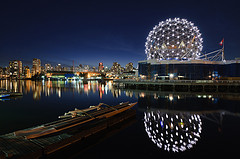Jason Gerbsch Approximately 200 words
jg33@geneseo.edu
INTD 105-19: Scientific Writing
Latour states in his essay that the term “modern” is designated by two sets of practices, translation and purification. Having read their definitions, I can label Latour a translationist. This is supported by the fact that he mentions creating networks, “either the networks my colleagues in science studies and I have traced…”. Knowing the fact that Latour is most likely a translationist makes it easier to consider what he’d argue about my object.
The object in question is Sturges Hall and its ivy. Latour would point out various connections between the building and the ivy, as well as combinations of the two with humans existing around it. For example, biology students can study the ivy as part of research or class work, or the connection between a grounds keeper tending to the vine because he’s required to by superiors who gave the order to have the ivy planted around the hall. After reading his essay, I’d agree with many of Latour’s connections, but I believe he would miss connections that don’t seem as connected as a grounds keeper and the vines. My example being students indirectly interacting and connecting with the vine when they simply observe the plant when passing by.

Jason, I like the way you think of concrete connections between Latour’s idea and your object, like the scientific aspects of the ivy and the way it’s connected to structures of power through the groundskeepers. Nice work there! I also love the “gap” you’re identifying here, in the sense that Latour doesn’t really consider what we might think of as aesthetic experience, or the sensory appreciation of objects we see in the world. There’s definitely lots of room to discuss your ideas here.